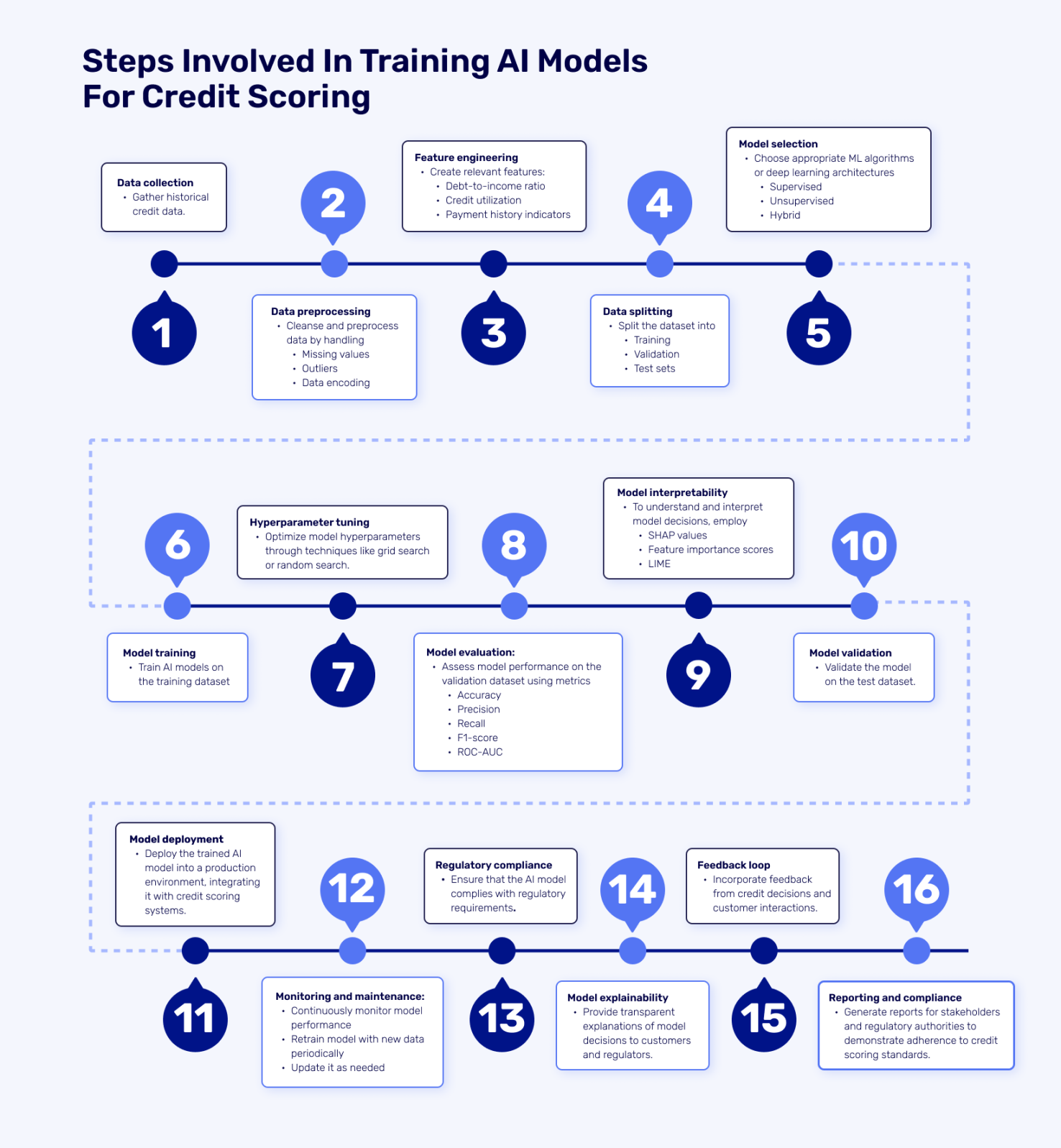Credit Scoring Algorithms: Decoding the Numbers Behind Creditworthiness
Introduction
In the realm of finance, creditworthiness plays a pivotal role in determining an individual’s or an organization’s ability to repay loans and meet their financial obligations. To assess this creditworthiness, lenders and financial institutions employ a sophisticated system known as credit scoring. At the heart of this system lie credit scoring algorithms, complex mathematical models that analyze a vast array of financial data to generate a numerical representation of creditworthiness, often referred to as a credit score.

Delving into the Meaning of Credit Scoring Algorithms
Credit scoring algorithms are essentially statistical models that utilize historical data and patterns to predict the likelihood of future credit performance. These algorithms are trained on massive datasets comprising credit histories, payment records, demographic information, and other relevant financial indicators. By analyzing these intricate datasets, the algorithms identify correlations and relationships between various factors that contribute to creditworthiness.
Unveiling the Mechanisms of Credit Scoring Algorithms
The inner workings of credit scoring algorithms can be quite intricate, involving a multitude of statistical techniques and machine learning processes. However, the fundamental principle remains the same: to assign a numerical score that reflects an individual’s or an organization’s credit risk. These algorithms typically consider a range of factors, including:
Unveiling the Known Aspects of Credit Scoring Algorithms
Despite their complexity, credit scoring algorithms are not without their limitations. One primary concern is the potential for bias, as certain factors, such as race, ethnicity, and gender, may inadvertently influence the scoring process. Additionally, the algorithms’ reliance on historical data may overlook individuals with limited credit histories or those who have recently recovered from financial setbacks.
Navigating Solutions to Credit Scoring Challenges
To address these challenges, various initiatives are underway to enhance the fairness and accuracy of credit scoring algorithms. These include:
Gathering Information: Understanding Credit Scoring Models
Credit scoring models vary across different countries and regions, each employing unique algorithms and data sources. Understanding the specific model used by a lender or financial institution can provide valuable insights into the factors that weigh heavily on credit decisions.
Conclusion: The Significance of Credit Scoring Algorithms
Credit scoring algorithms have become indispensable tools in the financial landscape, enabling lenders to make informed decisions about loan applications and risk management. While challenges remain in ensuring fairness and accuracy, ongoing efforts to refine these algorithms and promote transparency are paving the way for a more inclusive and equitable credit scoring system.
Frequently Asked Questions (FAQs)
A credit score is a numerical representation of creditworthiness, typically ranging from 300 to 850, while a credit report is a detailed summary of an individual’s credit history, including payment records, credit inquiries, and outstanding debts.
Credit scores are typically updated monthly, reflecting new information reported to credit bureaus. However, some lenders may access credit scores more frequently.
Yes, you are entitled to one free credit report each year from each of the three major credit bureaus: Experian, Equifax, and TransUnion. You can request these reports through AnnualCreditReport.com.


